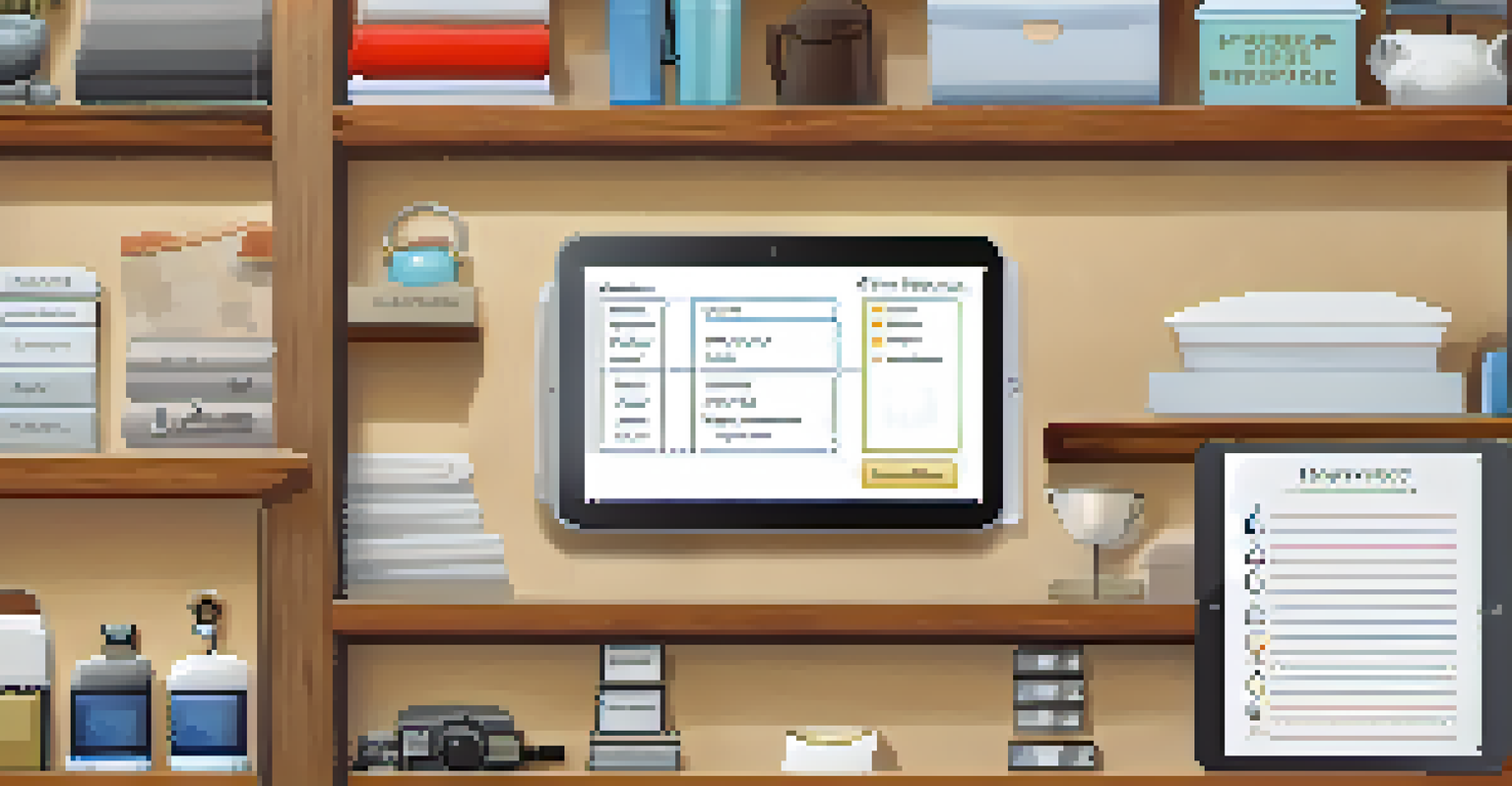Home Insurance and Theft: Coverage Options Explained

What is Home Insurance and Why is it Important?
Home insurance is a policy that protects your home and possessions from various risks, including theft, fire, and natural disasters. It's not just a safety net; it provides peace of mind, knowing that you're covered in case of unexpected events. In many areas, lenders even require homeowners to have insurance before approving a mortgage.
The best way to predict the future is to create it.
Think of home insurance as a financial shield. When an unfortunate event occurs, having this insurance means you won't have to bear the full brunt of the loss. It's essential for safeguarding not just your property but also your financial future.
In today's world, where incidents of theft can happen unexpectedly, having a solid home insurance policy is more important than ever. It can be the difference between quickly recovering from a loss and facing a significant financial setback.
Understanding Theft Coverage in Home Insurance
Theft coverage is a specific part of your home insurance policy that protects your belongings if they are stolen. This can include personal items like jewelry, electronics, and furniture. Understanding how this coverage works can help you make informed decisions about your policy.

Most standard home insurance policies include some level of theft protection, but the amount may vary. For example, while your policy may cover stolen electronics, high-value items like art or collectibles might have limited coverage. This is why it's crucial to assess the specifics of your policy and possibly adjust it based on your needs.
Home Insurance is Essential
Home insurance protects your property and provides peace of mind against unexpected events like theft and natural disasters.
Additionally, some policies come with deductibles, meaning you'll need to pay a certain amount out of pocket before your insurance kicks in. Knowing how these elements work ensures you are adequately protected against potential theft losses.
Common Types of Theft Covered by Home Insurance
Home insurance typically covers theft that occurs on your property, including burglary and vandalism. For instance, if someone breaks into your home and steals your television, your policy should help cover the loss. However, the specifics can differ from one policy to another.
An ounce of prevention is worth a pound of cure.
It's also worth noting that some policies cover theft that happens away from home, like when your belongings are stolen from your car. This is particularly useful for those who travel frequently or carry valuable items. Always confirm whether your policy includes off-premises theft coverage.
Moreover, if your home is damaged during a theft, such as broken windows or doors, your home insurance may cover those repair costs as well. Understanding these nuances helps you know what scenarios are covered and what isn't.
Limitations and Exclusions in Theft Coverage
While home insurance provides vital protection, it's essential to be aware of its limitations and exclusions regarding theft. For example, most policies do not cover items that are lost or stolen due to negligence, like leaving your front door unlocked. This is an important point to remember as it emphasizes the need for personal responsibility.
Additionally, certain high-value items, such as expensive jewelry or collectibles, often have limitations on coverage. You may need to purchase additional riders or endorsements to fully insure these items. This ensures that your valuable possessions are adequately protected.
Understand Theft Coverage Nuances
It's crucial to know the details of theft coverage in your policy, including limitations and the need for additional coverage for high-value items.
Finally, some policies may exclude coverage for theft in specific circumstances, such as if the theft occurs during a natural disaster or if the property was vacant for an extended period. Being aware of these exclusions helps prevent surprises when filing a claim.
How to Determine the Right Coverage Amount
Determining the right amount of theft coverage can feel overwhelming, but it doesn't have to be. Start by taking an inventory of your belongings, noting their value and condition. This inventory will serve as a reference point when discussing coverage options with your insurance agent.
Consider factors like the overall value of your possessions and any high-ticket items that might require additional coverage. For instance, if you own a collection of rare coins or expensive electronics, you might want to ensure these are adequately protected.
Lastly, regularly reviewing and updating your coverage is key. As you acquire new items or make significant purchases, adjusting your policy ensures you're never underinsured. A proactive approach to coverage keeps you safe from unexpected losses.
Steps to Take After a Theft Occurs
Experiencing a theft can be shocking and stressful, but knowing how to act can make a difference. First and foremost, ensure your safety and that of others. Once you're secure, contact local law enforcement to report the incident and file a police report, as this is often a requirement for insurance claims.
Next, document the stolen items and any damage done to your property. Take pictures and gather receipts or any proof of ownership. This documentation will be crucial when filing your claim, as it helps substantiate your losses and speeds up the claims process.
Take Action After a Theft
Immediately report a theft to law enforcement and document stolen items to facilitate a smoother insurance claims process.
Finally, contact your insurance company as soon as possible. Provide them with all necessary information, including your police report and inventory of stolen items. The quicker you file your claim, the sooner you can begin the recovery process.
Tips for Preventing Theft and Strengthening Coverage
Prevention is always better than cure, especially when it comes to theft. Start by securing your home with robust locks, alarm systems, and outdoor lighting. Simple measures like these can significantly deter potential thieves. Additionally, consider joining a neighborhood watch or community safety program to enhance security.
Regularly reviewing your insurance policy is also key to ensuring adequate coverage. As your belongings change, so should your policy. If you make significant purchases or renovations, discuss these changes with your agent to keep your coverage aligned with your needs.

Lastly, consider investing in a home inventory app that helps you track and document your belongings. This can simplify the claims process if a theft occurs, ensuring you have all the necessary information at your fingertips.